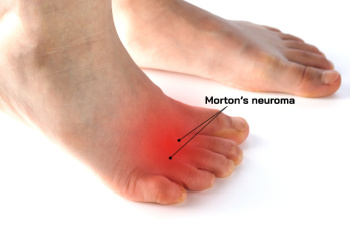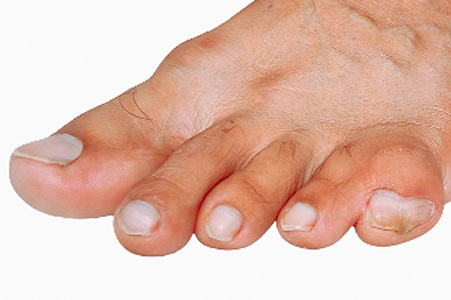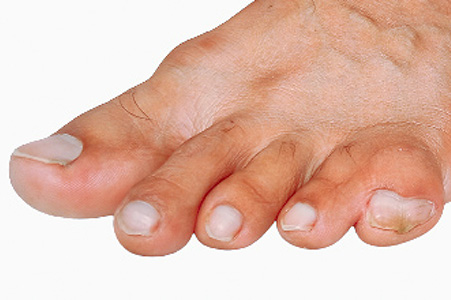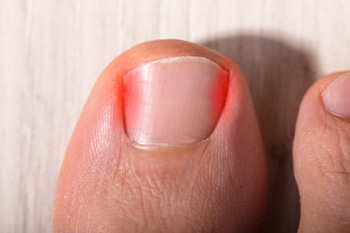
Toenail fungus often starts subtly, with maybe a small yellow spot or thickened edge, but it can quietly progress beneath the nail’s surface, changing how the nail feels and looks. What many overlook is that it is not just a cosmetic issue. The infection weakens the nail structure, making it brittle, misshapen, and difficult to trim, which can lead to discomfort while wearing shoes. For some, it can even affect balance or walking confidence. Current treatments go beyond simple creams, using advanced options like topical solutions that penetrate the nail more effectively. Healthy nail growth takes patience, as nails renew slowly, but consistent care can make a visible difference. If your toenails are discolored, thick, or difficult to manage, it is suggested that you schedule a visit with a podiatrist for an evaluation and personalized treatment.
For more information about treatment, contact one of our podiatrists of Foot & Ankle Doctors, Inc. . our doctors can provide the care you need to keep you pain-free and on your feet.
Toenail Fungus Treatment
Toenail fungus is a condition that affects many people and can be especially hard to get rid of. Fortunately, there are several methods to go about treating and avoiding it.
Antifungals & Deterrence
Oral antifungal medicine has been shown to be effective in many cases. It is important to consult with a podiatrist to determine the proper regiment for you, or potentially explore other options.
Applying foot powder on the feet and shoes helps keep the feet free of moisture and sweat.
Sandals or open toed shoes – Wearing these will allow air movement and help keep feet dry. They also expose your feet to light, which fungus cannot tolerate. Socks with moisture wicking material also help as well.
If you have any questions please contact our offices located in Beverly Hills, Encino, Los Angeles, Los Alamitos, Pasadena, and Rolling Hills Estates CA . We offer the newest diagnostic and treatment technologies for all your foot and ankle needs.












